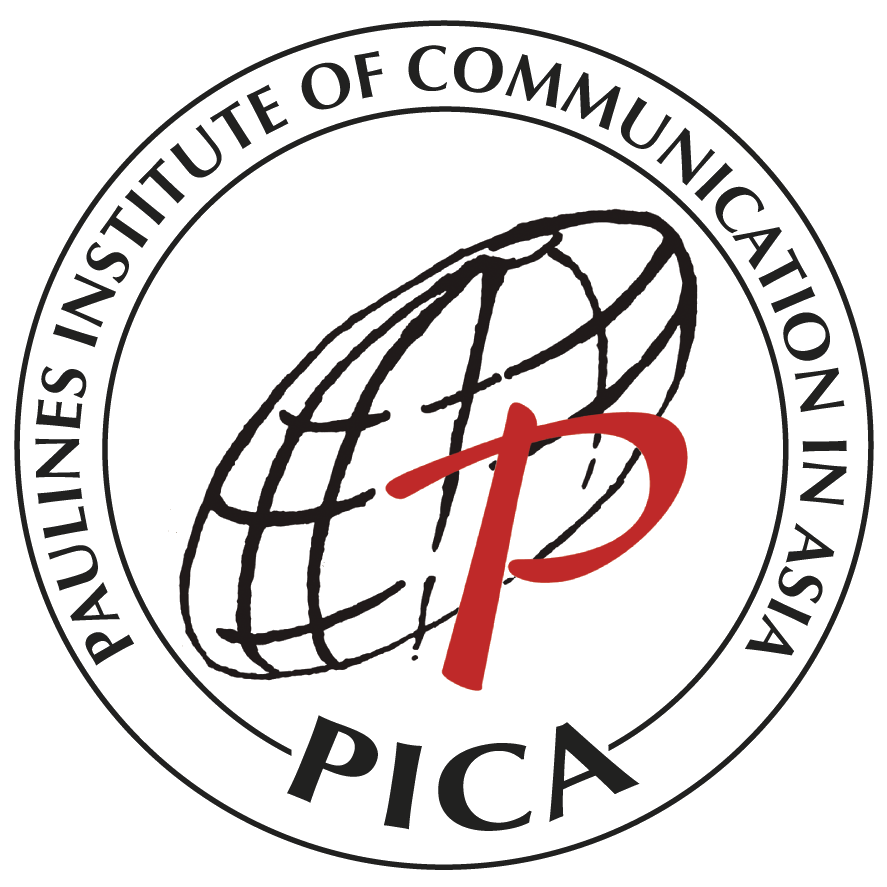The various instruments of social communication can multiply Christ’s presence in the world.
 The nature of communication is to relate with someone or something that gives meaning to our person. That someone could be our own self, a beloved, a friend or anyone we need to get connected with. In the case of Christ, we need to be intimately connected with him all the while. We need to be present to Him and He to us. The Eucharist, is Christ’s Presence within us. It is real, but only with the eyes of faith is one able to see him.
The nature of communication is to relate with someone or something that gives meaning to our person. That someone could be our own self, a beloved, a friend or anyone we need to get connected with. In the case of Christ, we need to be intimately connected with him all the while. We need to be present to Him and He to us. The Eucharist, is Christ’s Presence within us. It is real, but only with the eyes of faith is one able to see him.
In our mediated communication through the different information technology, the presence of the other person is called virtual. We may hear the sound of a voice or see images but the person communicating is not physically present. We have been used to this type of communication in the information society. In the Eucharist, however, communicating with God through Jesus is a reality. Jesus is always waiting that we talk and listen to him in the silence of our being and through the sacraments.
How wonderful that would be if we discover God and establish a relationship with him. Relationship grows through regular contact with the person, be it real or virtual. It will develop closeness as with media personalities whom we read about, listen to and watch often. Many of us identify ourselves with radio and TV announcers, newspaper and magazine writers, TV and film actors and actresses because our daily exposure to media technology develops that certain closeness. Some could not pass the day watching their favorite drama on television. It shows our Father and his Son Jesus Christ and the Holy Spirit. Closeness to Jesus will eventually lead us to identification with Him in his humility, poverty, obedience to the Father, his chaste life and his great love for everyone.
Christ’s Multiple Presences and Multimedia
Many personalities have many presences so as to be connected with their audiences; this is true also of Jesus’ presence. In the Eucharist his presence is personal, real and substantial in order to enter into personal communion with his Church and with each member of his Body, “in spirit” (Catechism for Filipino Catholics, 1997, p 497). In the Eucharistic celebration he is present in the priest, in the assembly, in the Scripture which is being proclaimed and particularly in the consecrated bread and wine. He is present in all the tabernacles of the world, and he is promised to be available when two or more people gather to pray in his name.
Christ’s presence today is multiplied by the means of social communications. For those who are sick at home or in the hospital, the elderly who cannot walk to church, Christ’s presence in his Word is accessible through religious broadcast over television channels, radio stations and the Internet. Information technology is a gift of God to humanity, which the Church uses and recommends, so that all may take advantage of its good use.
Let us make Christ present in us and in one another through the means provided us by the Church and through the use of the instruments of communication available to us.

Siply wisah too sayy your artiicle iis ass astonishing. The clarity in yokur post is sikply
spectacular and i can assume you’re an exxpert on thios subject.
Finee wiith your permisssion leet mee tto grab your RSS feed too kesp up to dare with forthcoming post.
Thanks a milluon and please ccontinue the rewarding work.